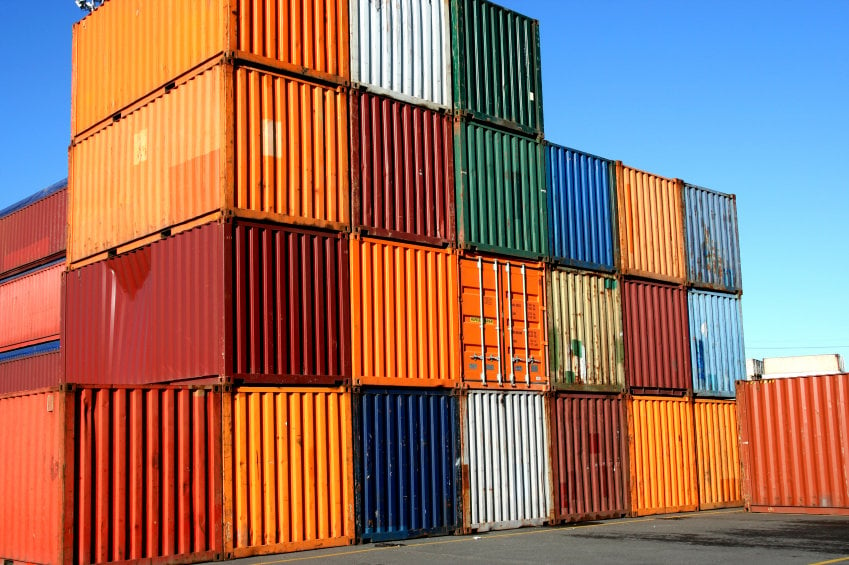Usage of containers in ocean freight industry was invented in 1950s and it indeed started a new phase in international trade. Containers were very convenient and fast especially for consumer goods and reduced the labor cost at loading and unloading of the vessels highly. Today 70% of world’s commercial freight is transported on the oceans and containerized cargo makes up 14% of it after tankers and bulk cargoes. Foldable/collapsible containers are new eye-catching invention of the liner industry. Before we draw the benefits of this new invention let’s look at why the world needs them.
This graph shows the historical percentage of empty containers carried by container vessels in world commercial sea trade and as it explains itself almost 1 out of 4 container is carrying just plain air today without any profit to the vessel operator. Technical term for it is empty container repositioning. Ocean carriers currently spend close to $100 billion per year operating their container assets and approximately $15 billion of this directly related to cost of repositioning the empty equipment to its next exporting port.
Procurement of new containers and repositioning of empty containers are 2 subjects of general container management. If containerized imports are more or less than containerized exports in a particular region it will result in surplus of empty containers or shortage of empty containers. It doesn’t only affect liner operators with additional repositioning cost but also affects the cargo owners by decreasing the efficiency of commercial trade. Some cannot find the equipment available at a place and at a time they want, while others cannot get their containers fast as the importing port is very busy, yards are full with empty containers and it slows down the container availability.
It’s a very natural consequence of unbalanced global trade. Countries with high capacity of production usually import their raw materials in bulk vessels and the final products are exported to their markets in containers. Another subject we need to look at is the ocean freight cost on loaded containers. As an example we can look at the ocean freight rates between China ports and US west coast ports. While exporters can get their containers to China from west coast for just $500-600, importers can pay up to $2000 /40ft at a slack season to get their cargoes to west coast from China. Considering the voyage distance is pretty much same, it’s quite a difference.
Collapsible and foldable containers came as an innovation to the industry to cut the repositioning and terminal handling costs and solve the space shortage problem of terminals and yards. The concept has been around for a while. Some of the designs were not very practical for varying reasons such as long time spent folding the container and reassembling, higher manufacturing costs compared to standard containers, and structural weaknesses. Very successful models are also introduced to shipping world by few companies. These designs in its collapsed state can occupy as low as 1/5 of the volume of a normal container, they conform to ISO standards for ocean containers. Some models can be folded just in 3 minutes with a help of a forklift and 2 men. Compared to the standard containers the cost is 10% to 3 times higher than regular containers. Some models are made of composite materials which can also cut the container maintenance cost as they do not corrode as steel container while some of the designs weight up to 25% less than standard ones. Another benefit presented by innovators is environmental. According to the studies, by stacking as many as 4-5 containers on a trailer it’s possible to cut many trips on highways and reduce carbon emissions.
I definitely agree that this would be the “next big thing” in shipping industry since the 1950s and it wouldn’t be surprising to see these smart ocean containers on streets in following years.






